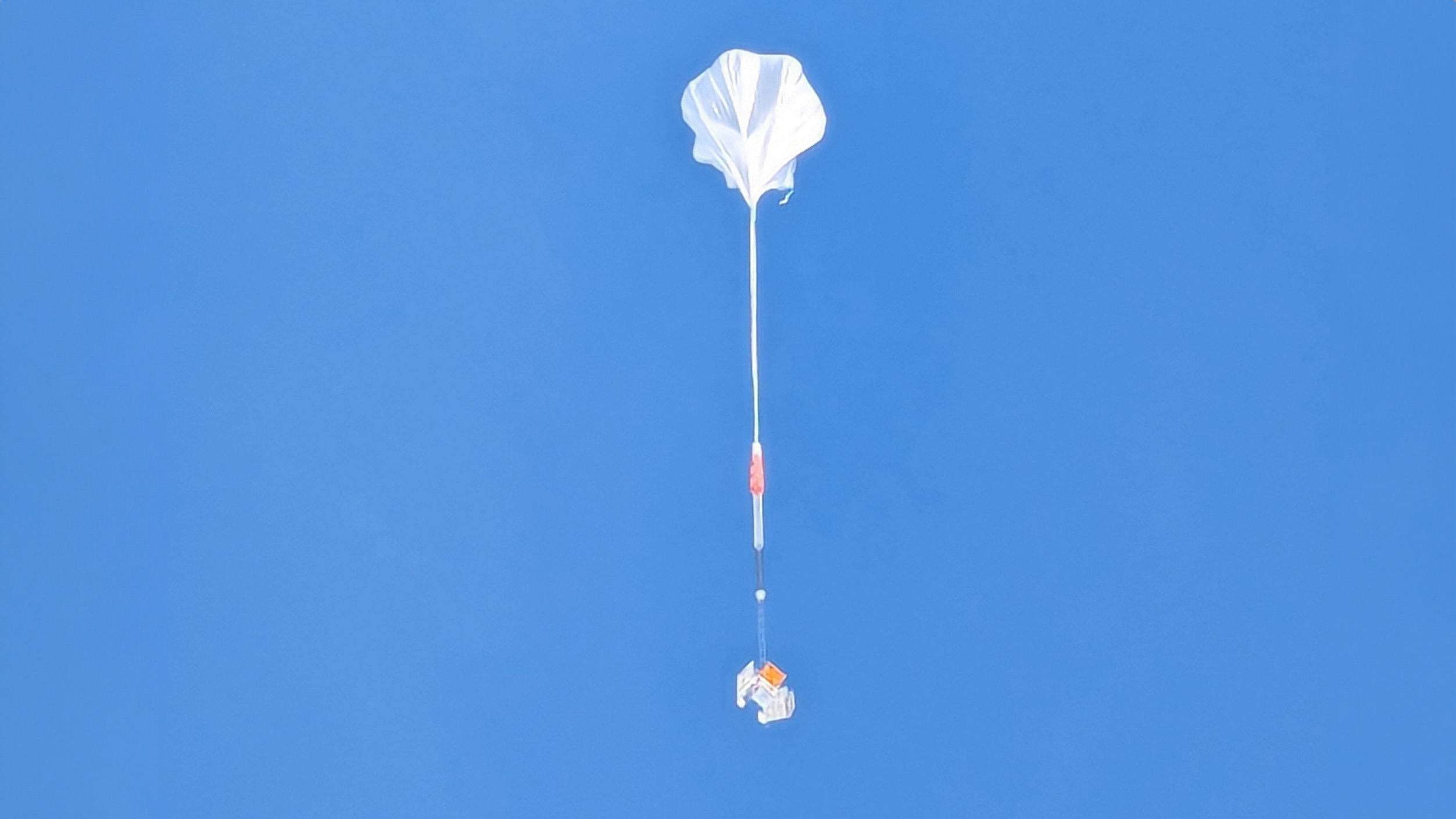A gigantic balloon has spent a record-breaking 55 days, one hour, and 34 minutes in the air above Antarctica while scooping up scientific data to gain a deeper understanding of the cosmos.
NASA’s GUSTO (Galactic/Extragalactic ULDB Spectroscopic Terahertz Observatory) scientific balloon mission was launched on December 31, 2023, near the US National Science Foundation’s McMurdo Station in Antarctica.
On February 24, 2024, the balloon earned the record for the longest flight of any NASA heavy-lift, long-duration scientific balloon mission.
More is yet to come, though. The GUSTO mission is set to run for just over 60 days, but will then continue to fly and push the record ever further.
“After that, we plan to push the limits of the balloon and fly as long as the balloon is capable to really demonstrate the capabilities of Long Duration Ballooning,” Andrew Hamilton, acting chief of NASA’s Balloon Program Office at the agency’s Wallops Flight Facility in Virginia, said in a statement.
“The balloon and balloon systems have been performing beautifully, and we’re seeing no degradation in the performance of the balloon. The winds in the stratosphere have been very favorable and have provided stable conditions for extended flight,” added Hamilton.

The GUSTO satellite being hoisted above Antarctica by the giant balloon.
Image credit: GUSTO team/Johns Hopkins University
The balloon is absolutely enormous, measuring over 1.1 million cubic meters (39 million cubic feet) in area. Its job is to carry the van-sized GUSTO telescope to the stratosphere at an altitude of 36 kilometers (22 miles) above Antarctica, right at the edge of space.
Here, the lack of water vapor allows the instrument to pick up on extremely faint terahertz signals that provide an insight into the life cycle of the interstellar medium, the gas, dust, and radiation that exist in the space between the star systems in a galaxy.
“We were all part of the interstellar medium – every atom and molecule in your body was at some point gas and dust flowing between the stars,” Chris Walker, an astronomy professor at Steward Observatory and the principal investigator for the GUSTO mission, said in a statement.
The chemistry of the universe has radically shifted since the Big Bang. To understand how the universe and our own galaxy came to be, astronomers must look at the interstellar medium in galaxies of different ages.
GUSTO attempts to do this by looking at the makeup of carbon, oxygen, and nitrogen in the young Milky Way and in the neighboring Large Magellanic Cloud. By comparing these two celestial systems, researchers can learn about the different stages of the stellar life cycle, including the birth and evolution of stars.
Planning their next move, Walker and the GUSTO team have recently applied for a new project that could see the same instrumentation currently aboard GUSTO being used in space to hunt for planet-forming systems and habitable zones.
“If you’re not pushing the edge, what’s the point?” Walker said.
Source Link: NASA's Giant Balloon Makes Record Flight Over Antarctica At Space's Edge